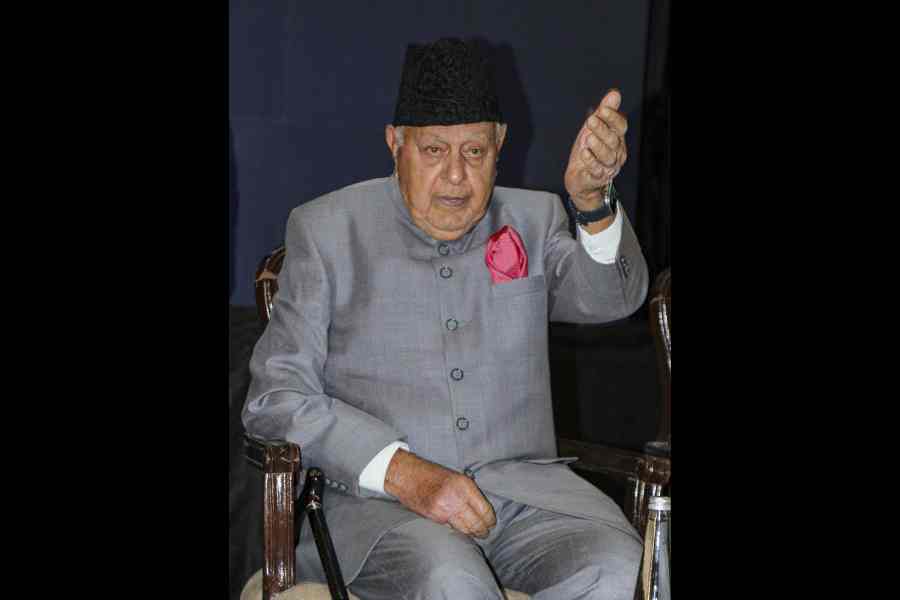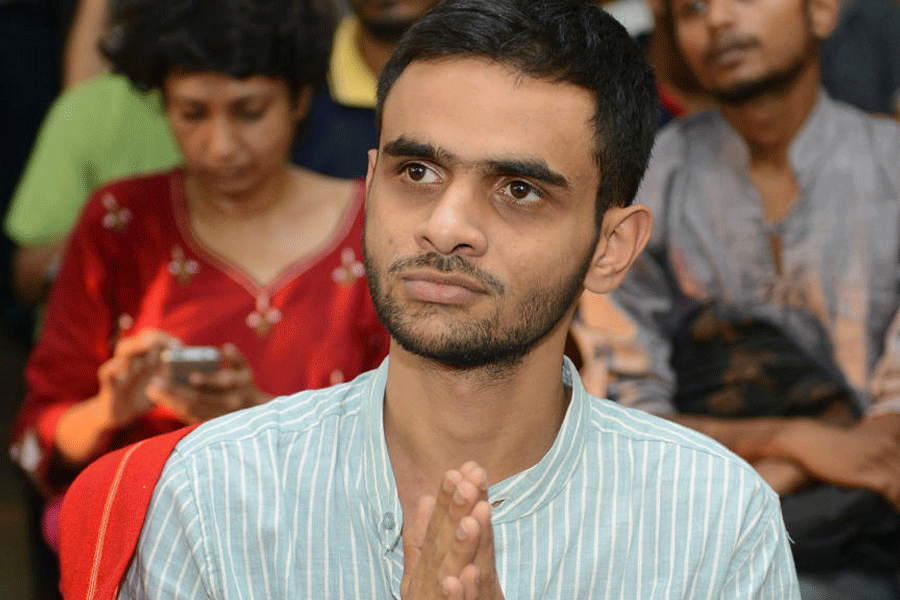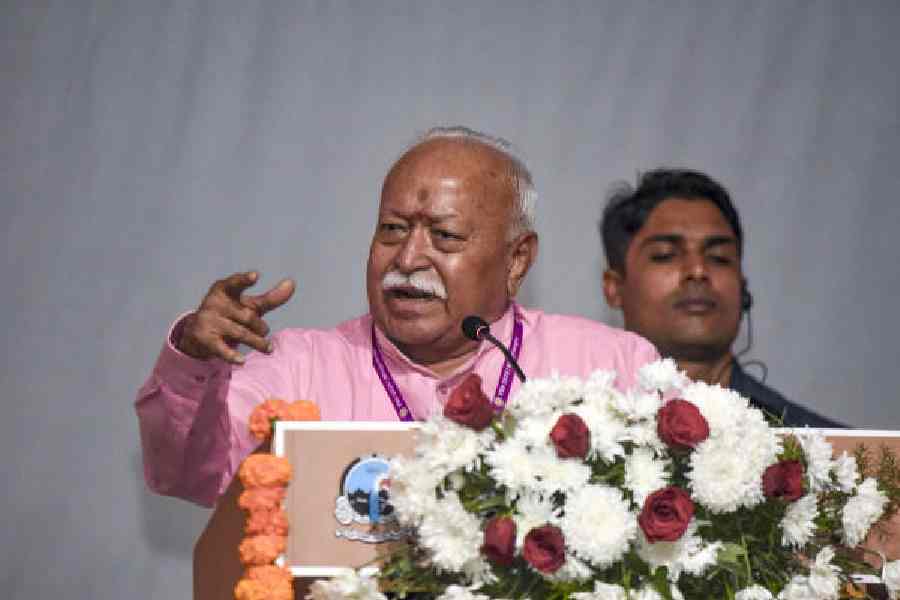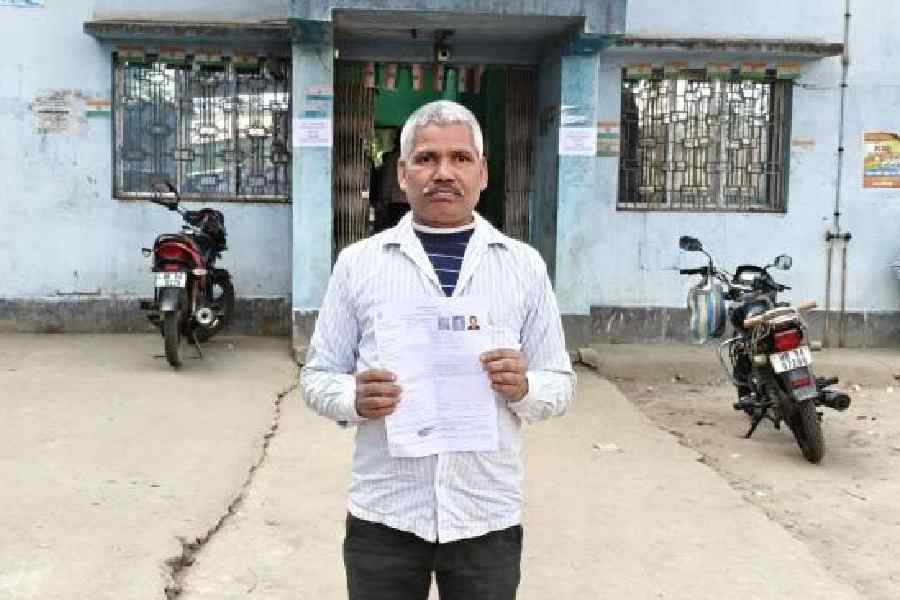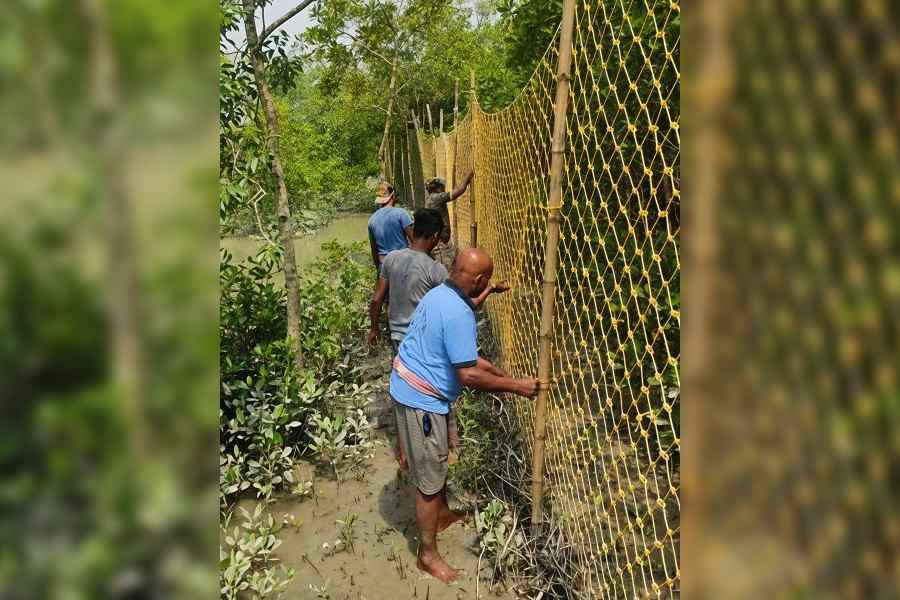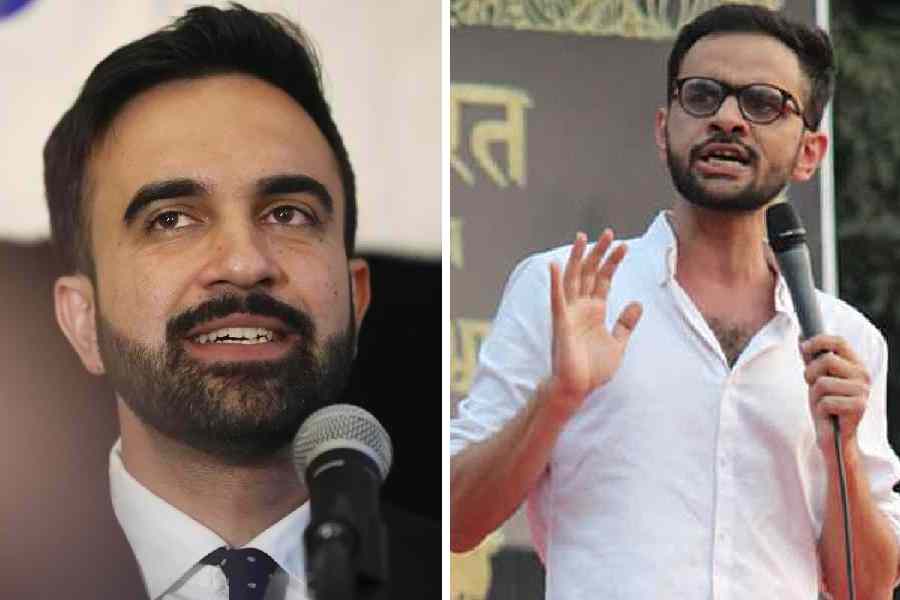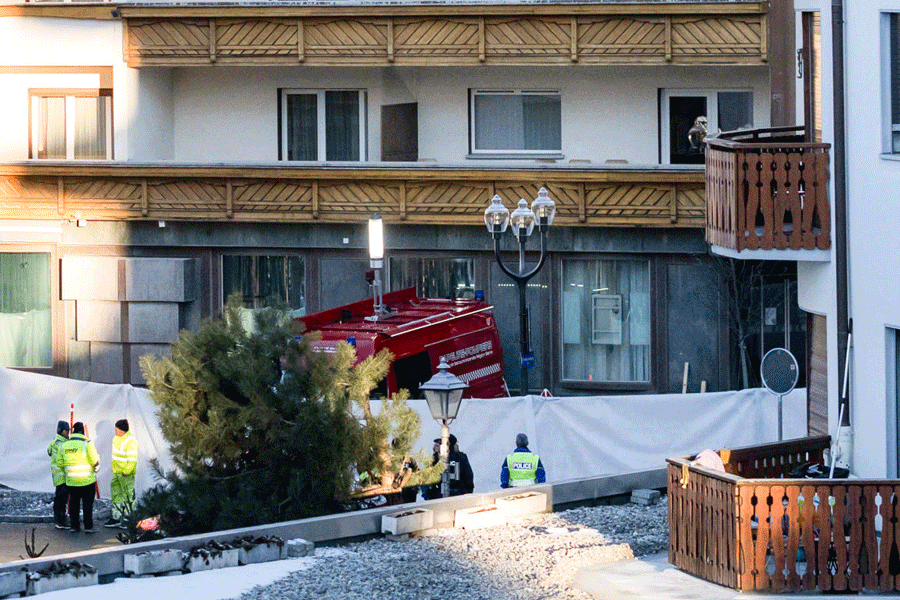
In January, I attended a function in Pune to honour a set of remarkable Maharashtrians. They included the social reformer, Mehrunissa Dalwai, and the writer, Arun Sadhu, both of whom have passed away during the course of the year. Happily, the other awardees are alive. Among them is the adivasi activist, Devaji Tofa, of Menda village in the Dhanora block of Gadchiroli district.
In late November, I was in Gadchiroli myself, on a long overdue visit to Shodhgram, the community health centre established by the doctor-couple, Abhay and Rani Bang. Gold medallists both, the Bangs could have had lucrative careers in private healthcare; instead, they chose to live, serve, and study in India's villages. Some 30 years ago they moved to this remote, forested, part of western Maharashtra, where they established SEARCH: the Society for Education, Action and Research in Community Health.
Visiting the villages where SEARCH works, I was impressed by their staff; from the doctors educated in the United States of America to tribal volunteers trained on the job, they displayed a striking commitment to professional excellence. I saw community health workers instruct village women in the proper care of newborn babies. The health workers were overseen by skilled supervisors, these in turn directed by qualified doctors.
The work of SEARCH has dramatically decreased rates of neo-natal and infant mortality in the villages around Shodhgram. Meanwhile, the meticulous collection of field data has resulted in a series of pioneering research papers, these discussed in medical circles around the world, and having a salutary influence on public policy too.
The partnership of the Bangs is personal and professional, scientific and spiritual. The influence of both is seen in all aspects of SEARCH's work. In so far as there is a division of labour, Abhay is more directly involved in research, and Rani in healthcare. The hospital in Shodhgram that serves some 40,000 patients yearly is supervised by Rani; as are the many field camps, and she continues to attend to patients herself.
Some 10 years ago, Abhay and Rani Bang started a programme called 'Nirman', which every year trains more than a hundred young professionals. My visit to Shodhgram coincided with a camp of Nirman alumni, and I spent several hours speaking with doctors and engineers in their twenties and thirties; highly educated like the Bangs, and like them determined to put their education at the service of society rather than self.
Shodhgram is located about 10 miles from Gadchiroli town. A few miles further down the road lies the village of Menda, the home of Devaji Tofa. Back in January, I had seen Tofa honoured for his work in Pune; now I could see him in his own habitat. A SEARCH volunteer took me to Menda one morning; where, sitting under a tree outside the panchayat office, Tofa and his colleagues told us of their struggle to reclaim, for their village, forests usurped by the state.
The hamlet of Menda is surrounded by acres and acres of mixed deciduous forest, rich in biodiversity as well as in market value. Once, the villagers collected bamboo and sold it to the Ballarpur Paper Mills, being paid one rupee for a bundle of a hundred stems. Meanwhile, contractors in cahoots with corrupt officials felled large trees for timber and also started quarrying for stone. As the woods were laid waste, and the costs of this destruction (in the form of soil erosion and water depletion) became visible, the villagers organized to stop it. After years of struggle, they successfully asserted their community rights in the forest.
After the Forest Rights Act passed into law in 2007, Menda became one of the dozens of villages in Gadchiroli to formally, legally, constitute their own 'community' forests. Unlike the forest department, which likes to clear-fell trees for sale, adivasis prefer to sustainably harvest non-timber forest products such as tendu leaves, bamboo, amla, and mahua flowers. Focusing on NTFPs rather than timber provides a steady stream of income to the local economy while, at the same time, forestalling environmental degradation.
After explaining the background to their work, Devaji Tofa took us on a long walk through the extensive forests owned by Menda. The landscape was beautiful, and diverse; rich in bird, insect, and plant life, and with multiple species of trees in co-existence (in contrast to the monocultural stands of pine, teak, sal or eucalyptus so beloved of the forest department). We passed young villagers on their way to voluntary guard duty; saw the remains of stone quarries, now happily shut down; and came across two little lakes deep in the forest, visually very attractive while yielding fish, a vital source of protein.
What we saw in Menda was extremely impressive. My guide from SEARCH, himself raised in the district, told me that while the work of Devaji Tofa was admirable, it was not unique. Gadchiroli had other tribal leaders who, in their own areas of influence, had nurtured successful community forestry programmes as well.
This was my first trip to Gadchiroli. However, the social and natural terrain was familiar to me from a previous visit to Bastar. Gadchiroli and Bastar were once part of a single, contiguous, tribal forest zone, united by nature, culture, history, and legend, but now divided by political boundaries into separate states of the Union.
Like Bastar, Gadchiroli has also suffered in recent decades at the hands of Maoist insurgents. Although (fortunately) the Naxalites are now on the decline and on the defensive, they have not disappeared; indeed, the very week I was there, a police party was attacked by them a mere 30 miles away from Shodhgram.
Like Bastar, Gadchiroli has sal, bamboo, and mahua; hills, rivers, and ponds; tribals, caste Hindus, and Naxalites. The similarities are many and substantial. But there are also differences; these few, but profound in consequence. For one thing, unlike Bastar, Gadchiroli has had a long history of democratic, non-violent activism, both Gandhian-inspired as well as adivasi-generated.
On the other hand, unlike Gadchiroli, Bastar has had the notorious state-sponsored vigilante army named Salwa Judum, which spread violence and destruction on a large scale.
As this writer has previously argued in these columns, adivasis are the most oppressed social group in the country. They are victimized and stigmatized even more than Dalits and Muslims. So far as economic and social indicators go, Gadchiroli remains one of the poorer districts in Maharashtra. But it could be worse. And in some parts of the district it is getting better. Gandhian social workers and adivasi activists have caused significant improvements in healthcare and livelihood security. At the same time, law and order has not been outsourced to vigilante groups promoted by politicians. The social environment, while not absolutely safe and secure, is far less dangerous than in the tribal districts of Chhattisgarh, which are a veritable war zone.
Salwa Judum destroyed what little there was of civil society in the Bastar division of Chhattisgarh. Now, with journalists persecuted too, the government of Chhattisgarh has come increasingly to resemble a police state. Adivasis in the districts of Dantewada, Bijapur, Bastar and Sukma have been scarred badly by the civil war. Their present is bleak, and their future even bleaker; unless the State radically reverses its policies and adopts a more humane and democratic approach.
I would very much like to visit Bastar once more. But it may not be prudent for me to do so just yet. It is in any case unsafe for outsiders; and as one of the petitioners who asked the Supreme Court to disband Salwa Judum, I am a declared public enemy of the ruling party in Chhattisgarh.
On the other hand, it is entirely safe for anyone from anywhere in India to visit Gadchiroli. I know that chief ministers have busy schedules; but were Raman Singh to cross the border from Narayanpur into Gadchiroli it might be worth his while. He would receive a warm welcome; from the villagers, and from the state machinery, since the government of Maharashtra is run by his own party, the Bharatiya Janata Party. Were he to visit SEARCH and the villages it works in, and then move on to community forestry initiatives such as Menda, he would, I am certain, be as instructed and educated as I was. And, he might be able to put what he learns to constructive use too. For while a writer can merely publish articles and books, a chief minister can improve state policies and thereby transform lives.


